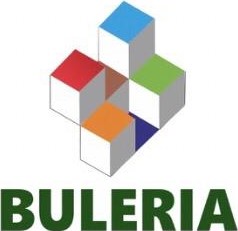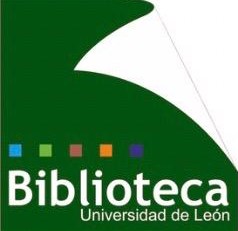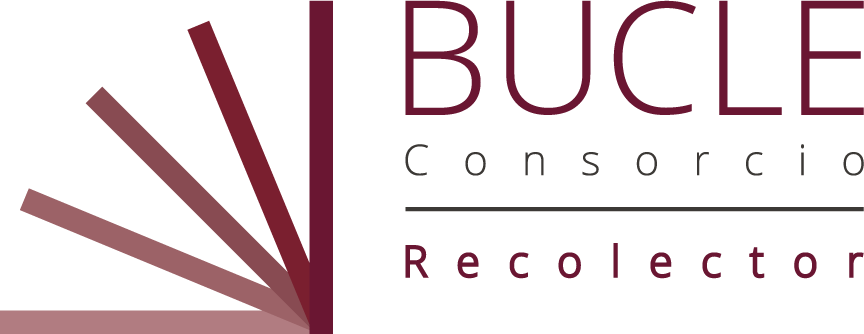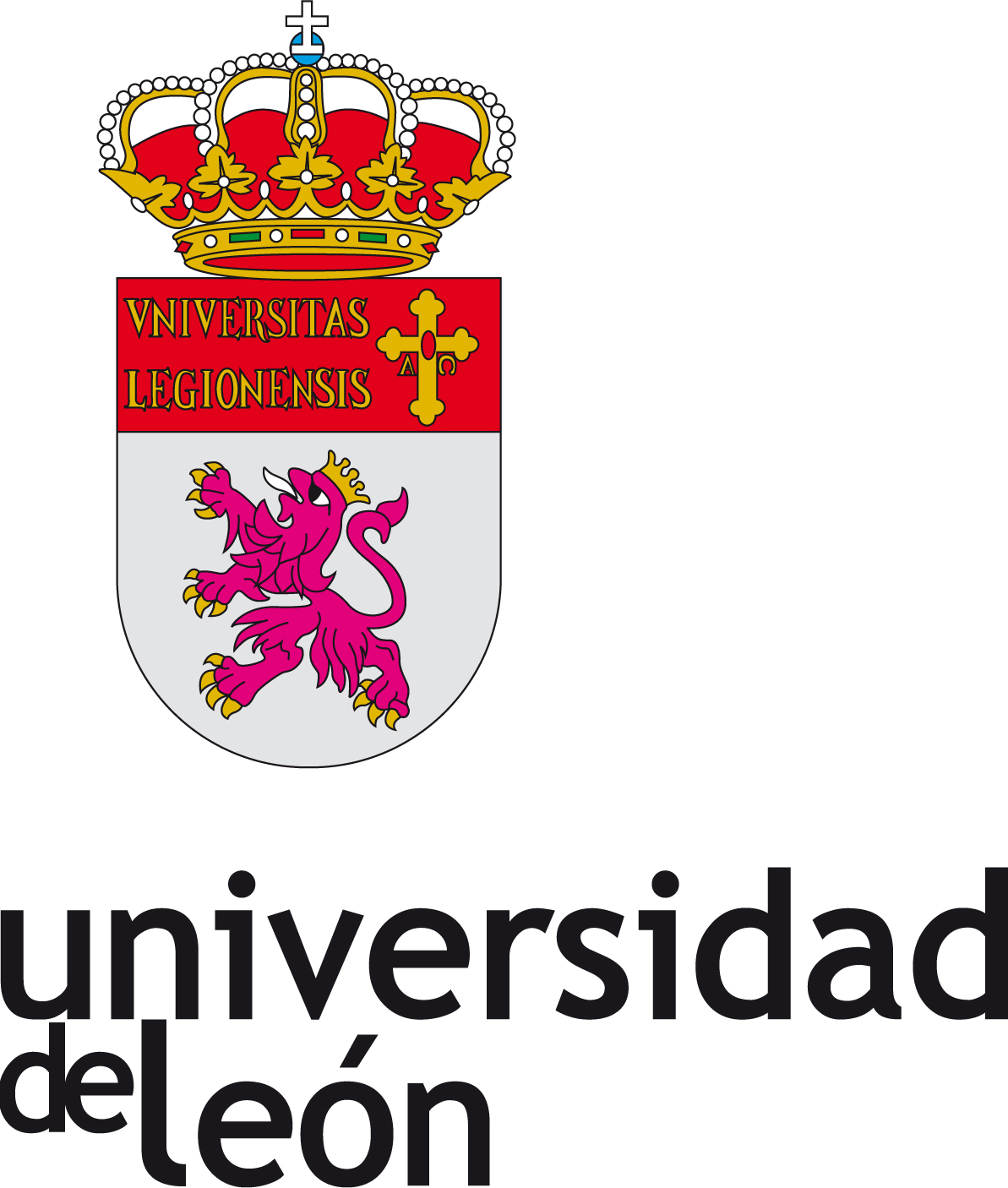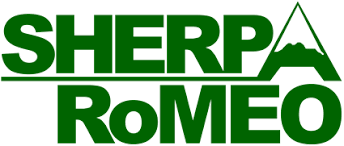Compartir
Título
Estimates of fine fuel litter biomass in the northern Great Basin reveal increases during short fire-free intervals associated with invasive annual grasses
Autor
Facultad/Centro
Área de conocimiento
Título de la revista
Science of The Total Environment
Datos de la obra
Fernández-Guisuraga J., Calvo L. (2022) Estimates of fine fuel litter biomass in the northern Great Basin reveal increases during short fire-free intervals associated with invasive annual grasses. Science of The Total Environment 160634. https://doi.org/10.1016/j.scitotenv.2022.160634
Editor
Elsevier
Fecha
2022
ISSN
0048-9697
Abstract
[EN] Exotic annual grasses invasion across northern Great Basin rangelands has promoted a grass-fire cycle that threatens the sagebrush (Artemisia spp.) steppe ecosystem. In this sense, high accumulation rates and persistence of litter from annual species largely increase the amount and continuity of fine fuels. Here, we highlight the potential use and transferability of remote sensing-derived products to estimate litter biomass on sagebrush rangelands in southeastern Oregon, and link fire regime attributes (fire-free period) with litter biomass spatial patterns at the landscape scale. Every June, from 2018 to 2021, we measured litter biomass in 24 field plots (60 m × 60 m). Two remote sensing-derived datasets were used to predict litter biomass measured in the field plots. The first dataset used was the 30-m annual net primary production (NPP) product partitioned into plant functional traits (annual grass, perennial grass, shrub, and tree) from the Rangeland Analysis Platform (RAP). The second dataset included topographic variables (heat load index -HLI- and site exposure index -SEI-) computed from the USGS 30-m National Elevation Dataset. Through a frequentist model averaging approach (FMA), we determined that the NPP of annual and perennial grasses, as well as HLI and SEI, were important predictors of field-measured litter biomass in 2018, with the model featuring a high overall fit (R2 = 0.61). Model transferability based on extrapolating the FMA predictive relationships from 2018 to the following years provided similar overall fits (R2 ≈ 0.5). The fire-free period had a significant effect on the litter biomass accumulation on rangelands within the study site, with greater litter biomass in areas where the fire-free period was <10 years. Our findings suggest that the proposed remote sensing-derived products could be a key instrument to equip rangeland managers with additional information towards fuel management, fire management, and restoration efforts.
Materia
Palabras clave
Peer review
SI
URI
DOI
Collections
- Untitled [5577]
Files in this item
Nombre:
Estimates_Fine_Fuel_Litter_Biomass.pdfEmbargado hasta: 2025-02-21
Tamaño:
2.412
xmlui.dri2xhtml.METS-1.0.size-megabytes
Formato:
Adobe PDF
